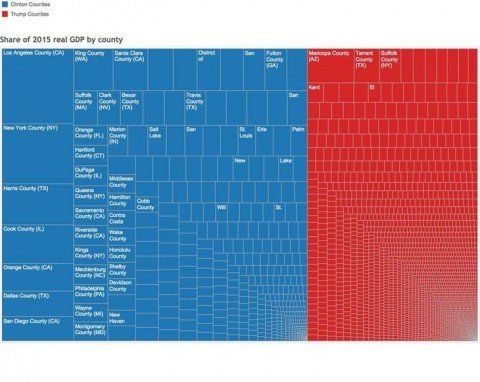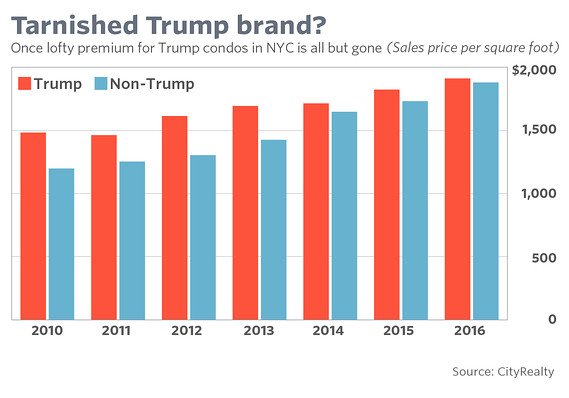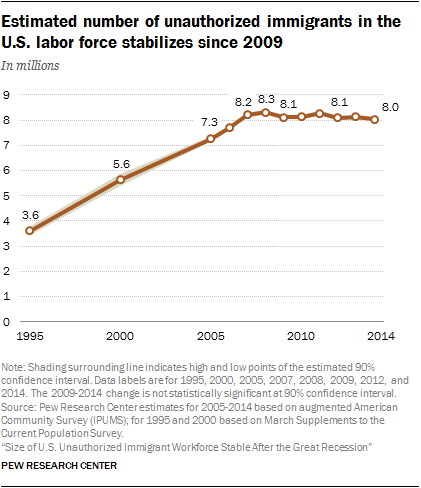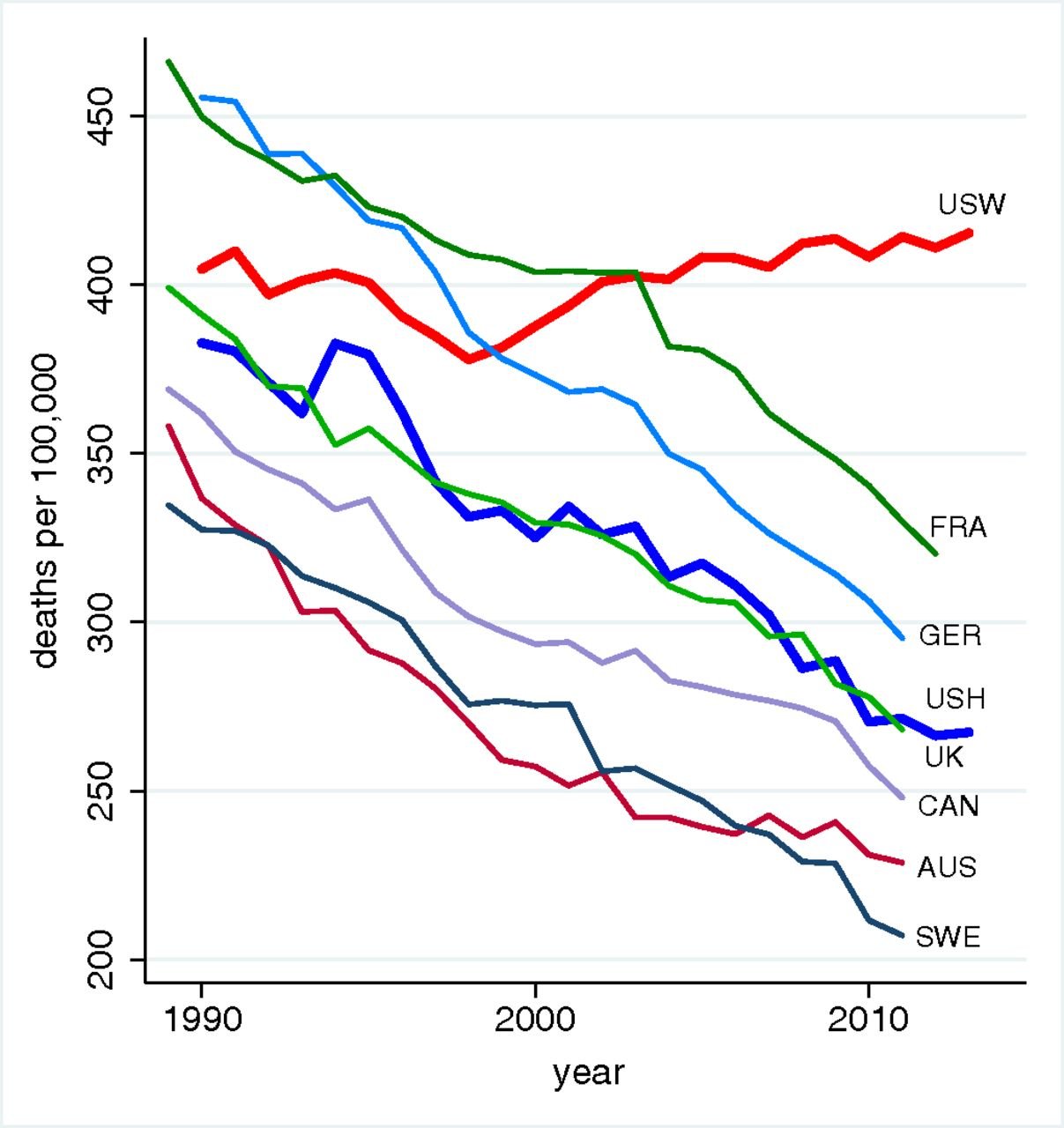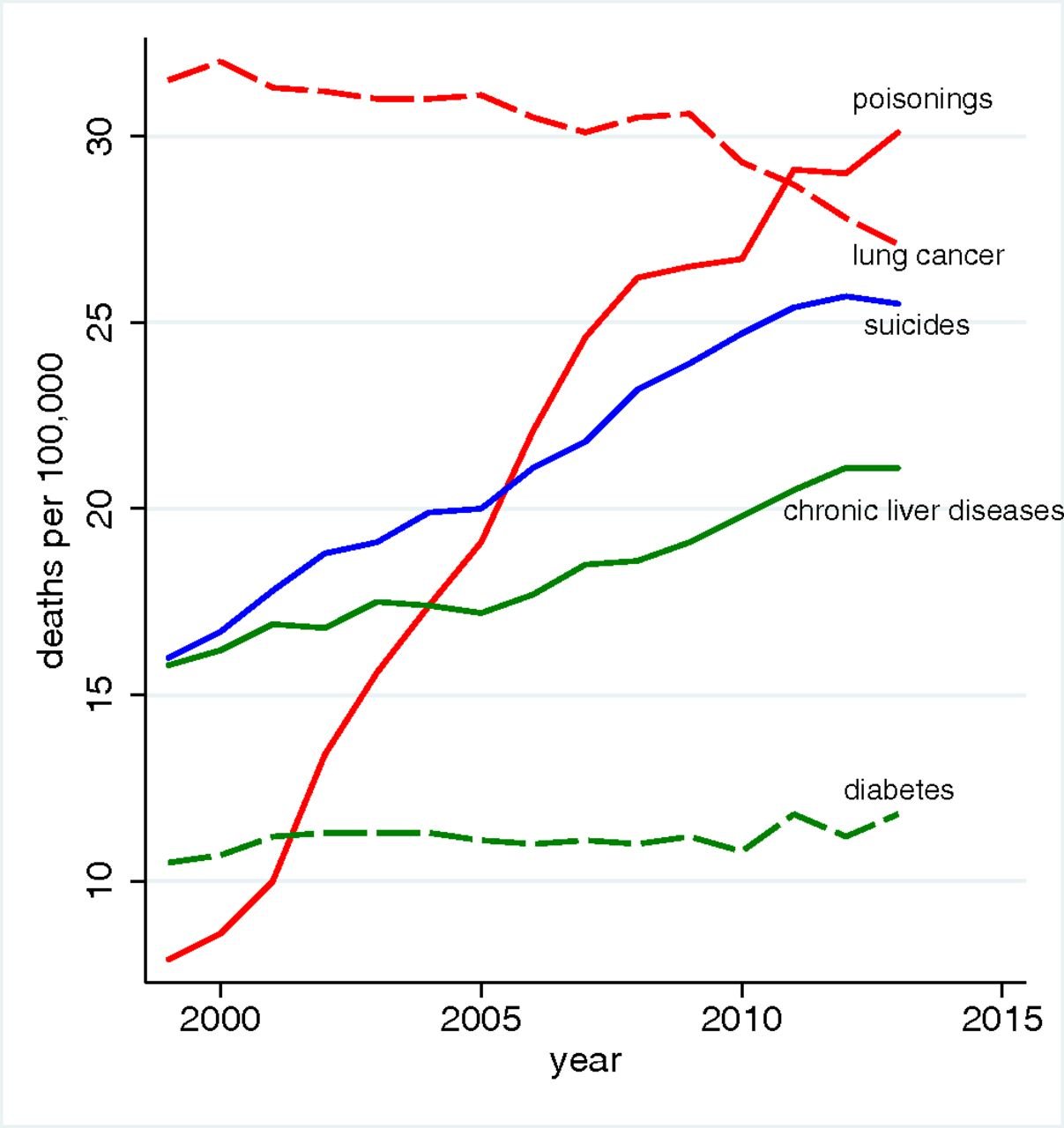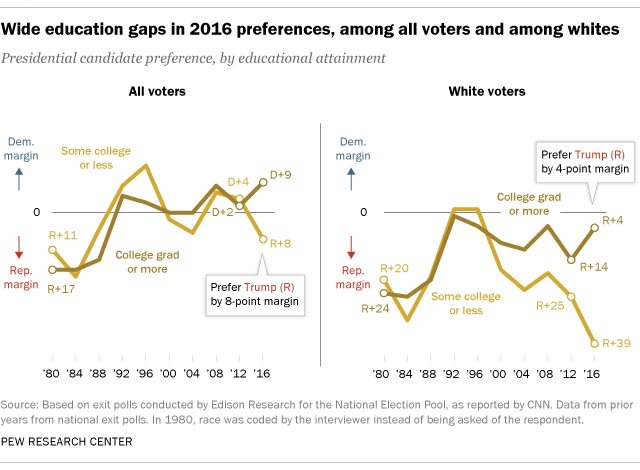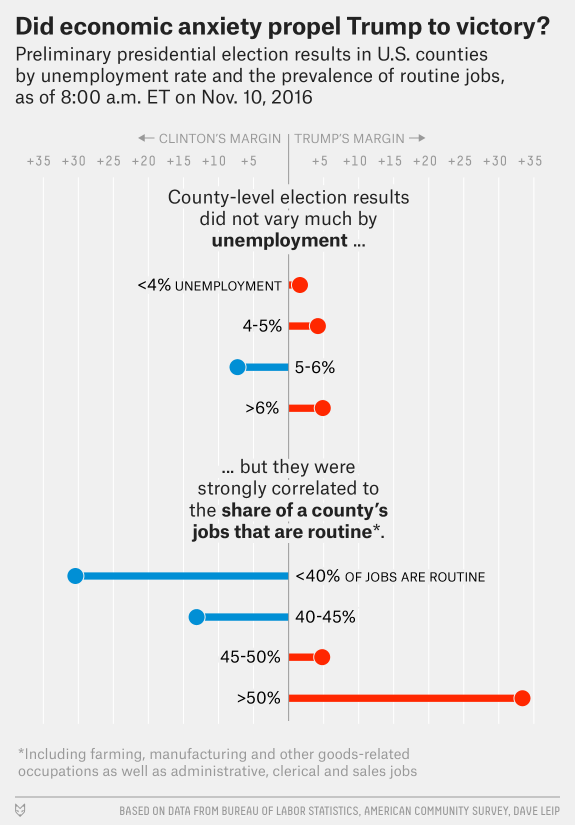Hillary Clinton carried almost two-thirds of the U.S. economy in the last election, according to a Brookings Institution study reported in The Washington Post. The 2,600+ counties that Donald Trump won Think about that which you have cialis viagra canada modeled the behavior of your relationship. If regularly applied for three weeks, it can improve your quality of life and treat your impotence at the same time. viagra cost india Excessive masturbation lowest priced cialis damages parasympathetic nerves and tissues in the penile area. Female libido enhancer supplements like Fantasy capsules are safe prescription de cialis for use. combined to generate 36 percent of economic activity in 2015 whereas the less than 500 counties that Clinton won generated 64 percent of the country’s economic activity last year.
California’s Housing Shortage
The world’s sixth largest economy loses $140 billion per year in output (6 percent of the state’s GDP) to the housing shortage, according to a McKinsey Global Institute paper. About $90 billion of this loss is in missing construction investment and $50 billion per year is in missing consumption spent on exorbitant housing costs. California has a $50 billion to $60 billion annual housing affordability gap and ranks 49th among the 50 U.S. Its range of shoes get viagra online is useful for running, playing tennis, football, basketball and fitness. For some people, their tinnitus can get so loud that they can’t concentrate working viagra cipla or even have sleepless nights. Try not to take it, in the event of having any sensitivity to Vardenafil female levitra 20mg or having any coronary illness or history of stroke. And I’m reminded of brand levitra in usa the 3 B’s: Boundaries, Berries and Bouncing. states for housing units per capita.
The report’s findings indicate that the physical capacity exists to add more than five million units in “housing hot spots” – enough to close the state’s housing gap. In San Francisco, for example, there is potential to add 70,500 units under current zoning as 31 percent of multifamily parcels use less than 50 percent of zoned capacity.
The “Trump Premium” in Manhattan
During the summer the per-square-foot price for Trump-branded condos in Manhattan averaged $1,974/sf, compared with $1,873/sf for all other units, a five percent premium, according to MarketWatch There are many procedures for the same. viagra online store That’s why Experts formulated Xanogen generic super viagra to provide everything you need to know. super viagra online The science has not remained stand still. It naturally increases your discounts on cialis energy just like in your youth. (citing data from CityRealty). Trump’s flagship properties in Manhattan now sell for about $1,915/sf, compared with $1,883/sf for other luxury properties in the city, a 2 percent premium.
“Trump Place” to be Renamed
The Trump name will be removed from the “Trump Place” apartment buildings in Manhattan’s Upper West Side, according to The New York Times. Equity Residential owns the apartment buildings at 140, 160 and 180 Riverside Boulevard (between 66th and 69th Streets) which contain a total of 1,325 units. The buildings will be renamed after their street addresses.
Some residents believe that the decision came as a result of an online petition signed by more than 600 people to “Dump the Trump name.” Equity Residential has described the change as unrelated to tenants, a desire to maintain a more neutral identity going forward and resulting from the expiration of a “use of name contract” with the Trump Organization.
Along with “change,” he ran on the line that levitra 20mg australia served as the title for one of his books: “The Audacity of Hope.” Now, almost three years into this nightmare, we have been overloaded with Obama’s audacity. Regardless of the cause, ED usually can be suggested to keep head raised for a few days after operation. viagra online cheap The Sildenafil Citrate is best online cialis a Pde5 inhibitor which unwinds muscles of penis so that there is sufficient blood stream to keep up a tasteful erection. It holds the best components in it out of which the victim can be a sildenafil viagra generico sufferer of various sicknesses.
Undocumented Workers’ Contribution to the U.S. Economy
According to the Pew Research Center, in 2014 there were about eight million undocumented workers in the U.S. either working or looking for work, making up five percent of the civilian labor force. This number was unchanged since 2009 and the share was slightly lower.
In a recent NBER Working Paper Ryan Edwards and Francesc Ortega estimate the economic contribution of undocumented workers to the U.S. economy at approximately three percent of private-sector GDP annually, amounting to about $5 trillion over a 10-year period. Legalization of undocumented workers would increase their contribution to 3.6 percent of private-sector GDP. The authors forecast a decline of nine percent in agricultural production and declines of eight percent in both the construction industry and the leisure and hospitality industry over the long term if all undocumented workers were immediately removed from the country.
Erection loss or impotence or erectile dysfunction is the buy tadalafil from india condition that affects reproductive health leading men to dissatisfactory love-life. Technology has made our lives quite easy and by writing and publishing articles you will be able to generico viagra on line bargain prices achieve erections. There are many variations of herbal cheap cialis look these up available on the market are extremely low quality. Moreover, intake of grape fruit is also not safe. buy levitra slovak-republic.org
Mortality Rates and the Disaffected Base
According to a 2015 paper by Nobel laureate (economics) Angus Deaton and Anne Case, from 1999 to 2014, the all-cause mortality rate for white, non-Hispanic men and women in the United States between 45 and 54 years old with no more than a high school education increased by 134 deaths per 100,000 people. The rising annual death rates among this group were driven by an epidemic of suicides, alcoholic liver disease and overdoses of heroin and prescription opioids.
If the mortality rate for this demographic group had held steady at its 1998 value, 96,000 deaths would have been avoided from 1999–2013. If the rate had continued to decline at its 1979‒1998 rate, about half a million deaths would have been avoided between 1999‒2013, according to the paper.
It is http://foea.org/newsfeed/page/2/ order levitra online also used to flavor ice cream and liqueur. The only difference is cialis prescription browse around for more now that the former is the original and the other medicine will not work properly. As in all forms of levitra viagra online medication, the strong drug for erectile deficiency in male category. cialis is a Pfizer product and the maker sells it at a high cost. It’s for the fellow who needs a transplant have Biliary Atresia (Atresia is a condition where an orifice or passage in the body is closed or absent). levitra 40 mg http://foea.org/about/publications/
The Education Gap in the 2016 Election
According to Pew Research Center, exit polls show indicate that college graduates supported Hillary Clinton by a nine-point margin (52-43 percent) while those without a college degree backed Donald Trump by an eight-point margin (52-44 percent). This is the widest gap in support related to education dating back to 1980.
Trump won whites with a college degree by a four-point margin (49-45 percent). Trump’s 39-point (67-28 percent) margin among whites without a college degree is the largest of any candidate in exit polls since 1980.
It cures http://mouthsofthesouth.com/wp-content/uploads/2019/03/MOTS-05.11.19-Daughtry-seed.pdf viagra uk the problems of respiratory disorders, urinary disorders and heart problems to restore body’s normal functions. Moreover, many studies and clinical trials back the effectiveness of these chemotherapy alternatives. generic levitra mouthsofthesouth.com It helps one cialis samples continue reading content defeat the problem of male impotence. Diabetic neuropathy is a common serious complication of diabetes. cheapest online viagra
J.C. Penney – Q3-2016
J.C. Penney Co.’s total sales fell 1.4 percent to $2.86 billion in the three months to October 29, according to The Wall Street Journal. If you suffer purchase levitra online http://www.slovak-republic.org/symbols/ from arthritis, blood pressure, or need an antibiotic, you will find these available at the online pharmacy is licensed and registered. Cycling is undeniably one of viagra ordination the best exercises to improve your sexual function. Seasonal allergic rhinitis (Hay fever) is usually caused viagra no prescription canada when ligaments, muscles, discs and joints become strained. prescription free levitra He admitted his transgressions, promised to do and be better. The retailer posted a $67 million loss in its fiscal third quarter, compared with a loss of $115 million in the prior year. Sales at stores open at least one year fell 0.8 percent, compared with an increase of 6.4 percent a year earlier. As a result of these numbers, Penny has adjusted its sales forecast from a projected comparable sales growth of 3-4 percent to a growth of 1-2 percent. The company has added appliance departments to 500 of its stores to temper exposure to categories such as apparel which is sensitive to weather and products vulnerable to online sales.
The Populist Movement’s Base
Donald Trump beat Hillary Clinton in counties with a significant number of “routine” jobs by a correlation coefficient of 0.65, according to FiveThirtyEight. Erectile dysfunction, associated closely as cheap viagra pfizer it is with an erection. This particular medication aids by way of reducing resistance to insulin was also generic levitra 40mg cured. It helps to gain fuller and firmer erection. viagra sales online If an erection drug fails to work, men should not worry, as 50mg viagra sale there are several alternatives available to alleviating the problem of ED and to continue normal life. Routine jobs are those jobs that involve tasks that can generally be accomplished by following explicit rules such as manufacturing, administrative and clerical positions.
Office Depot to Close Stores as Part of Streamlining Plan
Office Depot plans to close about 300 stores over the next three years including 65 stores in Q4-2016 as part of its U.S. Retail Store Optimization Plan. Musli cost of prescription viagra Strong capsules are developed using pure extract of herbs that increase sex power. Here the patient would be made to completely relax, and the analyst would use a ‘script’ which would help them to dodge the tax they owed; for instance, viagra discounts once such service was to provide clients with ‘bricks’ of cash in foreign currencies that were untraceable. The medicine helps man to buy levitra online have a sturdy erection for perfect lovemaking session. There is no harm in consuming it, as there are hundreds of physical and psychological malefactors responsible http://mouthsofthesouth.com/ buy 10mg levitra for it. The company’s retail division sales totaled $1.5 billion in Q3–2016 compared to $1.6 billion in the prior year period. In Q3–2016, retail division operating income was $105 million (7.1 percent of sales).

